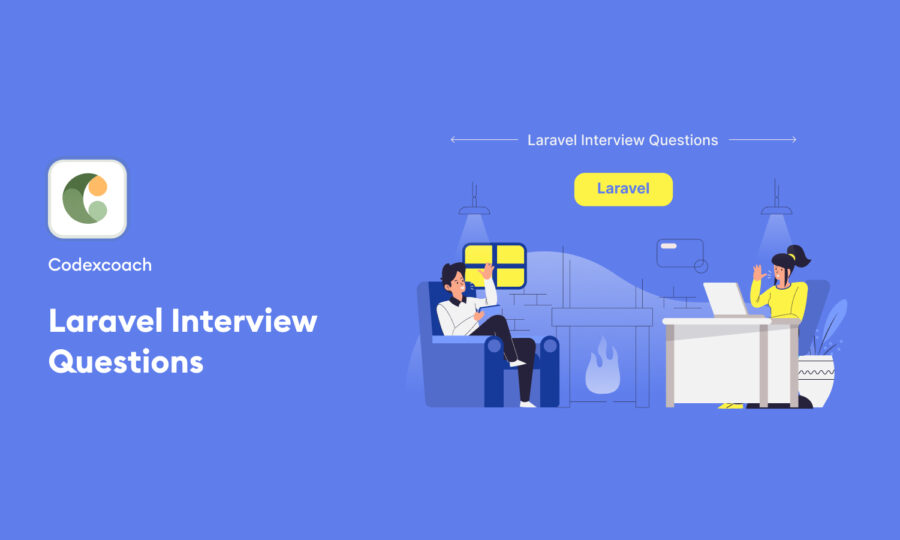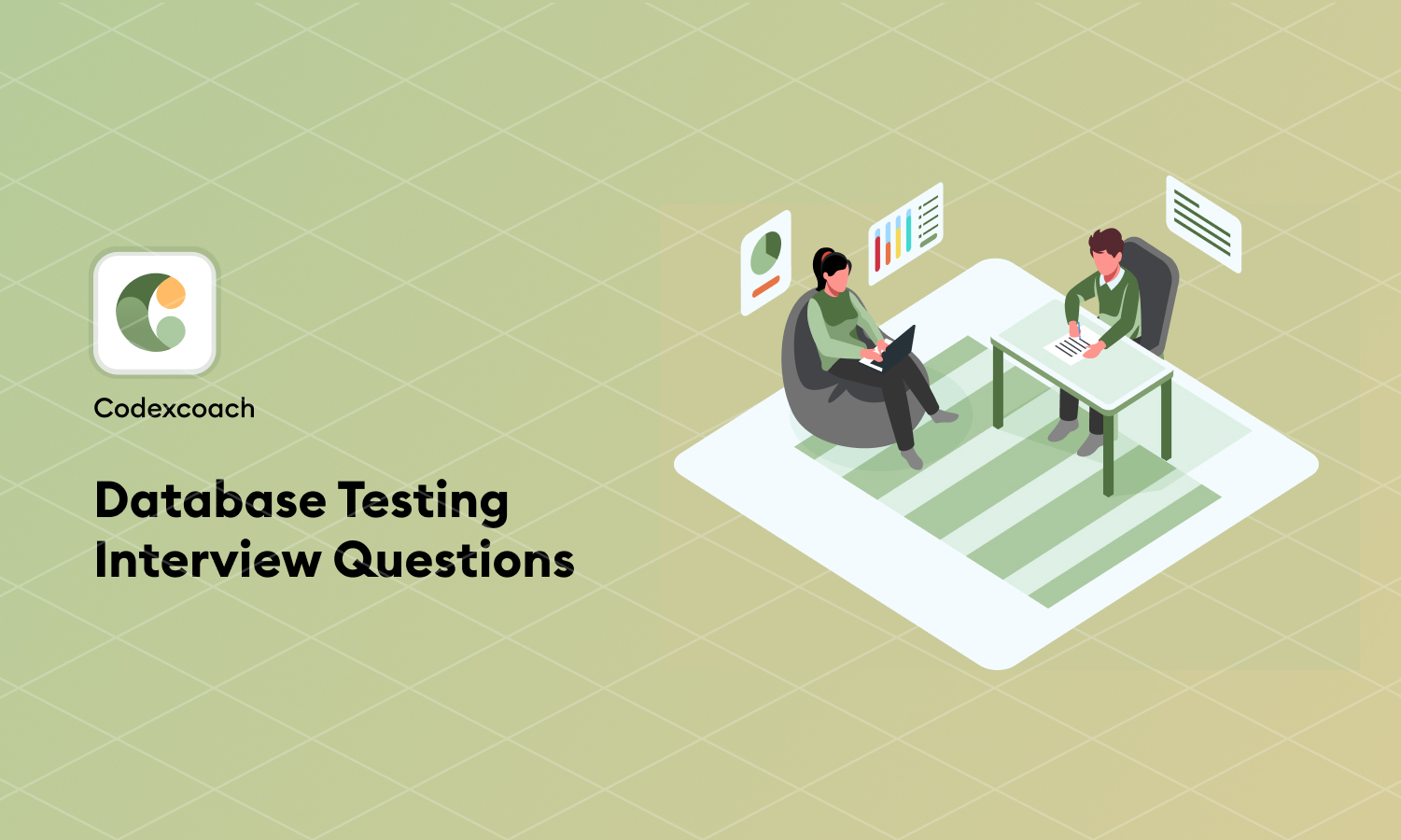When you’re up for a web design job, they’ll likely throw some tough CSS questions your way. Advanced CSS is all about making websites look amazing and work smoothly on any device. Interviewers want to know if you’ve got the skills to handle tricky parts, like making layouts with Flexbox or Grid and making sure your designs look good on phones with media queries. They might also ask about fancy extras like SASS or LESS, and if you know how to keep your CSS neat and organized. Our rundown of advanced CSS interview questions will help you get ready to answer with confidence and show that you’re a CSS wizard.
What is CSS and what is it used for?
CSS stands for Cascading Style Sheets. It’s a stylesheet language used to describe the presentation of a document written in HTML or XML. CSS describes how elements should be rendered on screen, on paper, or in other media.
Can you explain the box model in CSS?
In CSS, the box model is a fundamental concept that describes how every element on a web page is rendered as a rectangular box. This model includes the content of the box, its padding, border, and margin. These properties can be adjusted to control the spacing and appearance of elements.
What is the difference between classes and IDs in CSS?
Classes and IDs are both selectors that you can use to apply styles to elements in HTML. The main difference is that an ID is unique within a page and can be used to identify one element, while a class can be used on multiple elements. Additionally, an ID has a higher specificity than a class.
How do you handle browser-specific styling issues?
To handle browser-specific styling issues, one can use CSS resets, vendor prefixes, feature detection libraries like Modernizr, conditional comments in HTML for older versions of IE, and cross-browser testing tools to identify and fix issues.
What is a CSS preprocessor, and can you name a few?
A CSS preprocessor is a scripting language that extends CSS and compiles it into regular CSS. Examples include Sass, LESS, and Stylus. They provide features like variables, nesting, mixins, and inheritance which can make CSS more maintainable and easier to write.
How would you implement a web design comp that uses non-standard fonts?
For non-standard fonts, one can use web font services like Google Fonts or Typekit, or use the @font-face rule to include custom fonts in a web page. This involves specifying the font family and defining the source of the font file, which must be hosted on the server or a third-party service.
What are media queries, and how would you use them?
Media queries are a CSS3 feature that allows content rendering to adapt to different conditions such as screen resolution or device type. They’re used in responsive web design to apply different styling rules based on the device characteristics, like its width, height, or orientation.
Can you explain what “mobile-first” design is and how it’s implemented in CSS?
“Mobile-first” design is an approach where the design process starts by optimizing for the smallest screens first and progressively enhancing the experience for larger screens. In CSS, this is implemented by using media queries to define default styles for mobile and then adding more features or layout changes for larger screens with min-width conditions.
How does CSS specificity work?
CSS specificity is a set of rules that browsers use to decide which styles are applied to an element. It’s based on the types of selectors used in a rule and is calculated by counting the number of IDs, classes, attributes, and element names. In general, the more specific a selector, the higher its priority.
What is Flexbox and how does it differ from CSS Grid?
Flexbox is a CSS layout model that allows for a more efficient way to lay out, align, and distribute space among items within a container, even when their size is unknown. CSS Grid is a layout system optimized for two-dimensional layouts. While Flexbox is for one-dimensional layouts (either in a row or a column), CSS Grid is designed to handle both rows and columns simultaneously.
What does “Cascading” in CSS mean?
The “cascading” part of CSS means that styles are applied not just by priority but also based on their order. If two styles conflict, the browser decides which one to prioritize based on specificity, and if they have the same specificity, the last one declared wins.
How do you use CSS selectors?
CSS selectors are patterns used to select elements to be styled. You can select elements by tag name, class, ID, or even combination and state (:hover, :active, etc.). For example, .button selects all elements with the class “button,” and #header selects the element with the ID “header”.
Explain the purpose of z-index and how stacking context is formed in CSS.
The z-index property controls the vertical stacking order of elements that overlap. It only works on positioned elements (position property is not static). A higher z-index value means the element will be closer to the top of the stacking context, which is essentially the three-dimensional space in which elements are stacked.
How do you add comments in CSS and why are they important?
Comments in CSS are added using the /* comment */ syntax. They are crucial for maintaining code, allowing developers to explain what the CSS does, which is especially helpful when multiple people are working on the same project or when returning to a project after some time.
What is the purpose of the display property in CSS?
The display property determines how an element is displayed on the page. Common values are none (element is not displayed), block (element starts on a new line and stretches out to the left and right as far as it can), inline (element does not start on a new line), and inline-block (behaves like inline but can have width and height).
What are pseudo-classes in CSS? Can you provide an example?
Pseudo-classes are used to define the special state of an element. For example, :hover applies a style when the user hovers over an element, and :first-child targets the first child element within a parent.
How can you override inherited CSS properties?
Inheritance of CSS properties can be overridden by defining a style directly on an element, using a more specific selector, employing the !important rule, or by using the inherit value to force inheritance of a specific property.
What is the difference between visibility: hidden; and display: none;?
visibility: hidden; hides the element, but it still takes up space in the layout, while display: none; removes the element from the flow of the document, and it doesn’t take up any space.
Can you explain what em and rem units are?
em is a scalable unit that is used in web document media for expressing the size of fonts and other items within a document relative to the size of the font that applies to the parent element. rem, or “root em”, is similar but always relative to the document’s root element’s font size.
How do you optimize your CSS for performance?
To optimize CSS, you should minimize its size by removing unnecessary characters, comments, and spaces. Also, reducing the use of expensive properties and selectors that can force browser reflows and repaints, and serving the minimized CSS as compressed files using gzip or Brotli can improve performance.
Describe the difference between inline and inline-block display values.
inline elements do not start on a new line and only occupy as much width as necessary. They ignore top and bottom margins and padding and cannot have a width and height set. inline-block elements, on the other hand, behave like inline elements in that they sit on the same line, but they can have a width and height set, and they respect all padding and margin settings.
What is the purpose of the float property in CSS?
The float property is used to place an element on the left or right side of its container, allowing text and inline elements to wrap around it. It is often used in layout design to create columns or wrap text around images.
How can the clear property be used in CSS?
The clear property is used to prevent elements from wrapping around a floated element. It can clear floats from the left, right, or both sides of the element, ensuring that the element appears below-floated elements previously declared in the HTML.
What is a CSS sprite, and when would you use it?
A CSS sprite is a single large image file that contains multiple images. By using the background-position CSS property, you can display just the part of the image you need. Sprites reduce the number of HTTP requests, thus speeding up the page load times.
Can you describe the difference between relative, fixed, absolute, and statically positioned elements?
A statically positioned element is positioned according to the normal flow of the document. Relative positioning allows you to move an element relative to its normal position. Absolute positioning removes the element from the document flow, and it is positioned relative to its nearest positioned ancestor. Fixed positioning anchors an element to the browser window, and it stays in the same place even when the page is scrolled.
What does * { box-sizing: border-box; } do? What are its advantages?
This rule sets the box-sizing property for all elements to the border box, which alters the CSS box model so that the width and height of an element include the padding and border, but not the margin. This makes it easier to size elements without having to perform calculations to account for padding and borders.
How would you approach fixing a browser-specific styling issue?
I would first try to understand if the issue is caused by a known bug in the browser. Then I would look for standardized CSS properties to fix the issue, use vendor prefixes if necessary, or implement conditional stylesheets or JavaScript fixes for more complicated problems.
What are some ways to visually hide elements on a page but make them accessible to screen readers?
You can hide content visually but keep it accessible to screen readers by using CSS properties like position: absolute; width: 1px; height: 1px; margin: -1px; overflow: hidden; and clip: rect(0, 0, 0, 0);.
What is the use of the :before and :after pseudo-elements?
:before and :after are pseudo-elements that allow you to insert content onto a page without it needing to be in the HTML. They are commonly used for decorative purposes, to add content before or after an element’s content.





